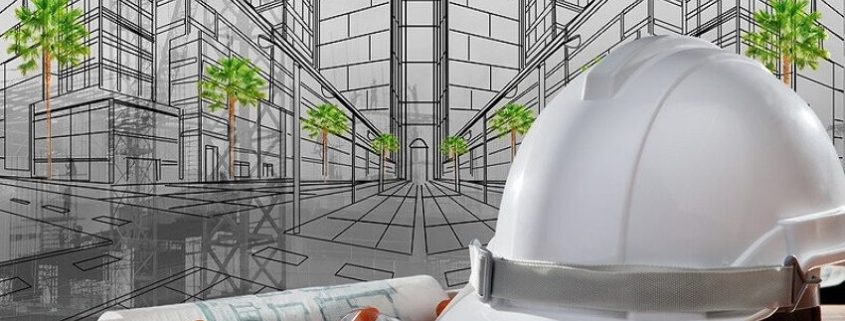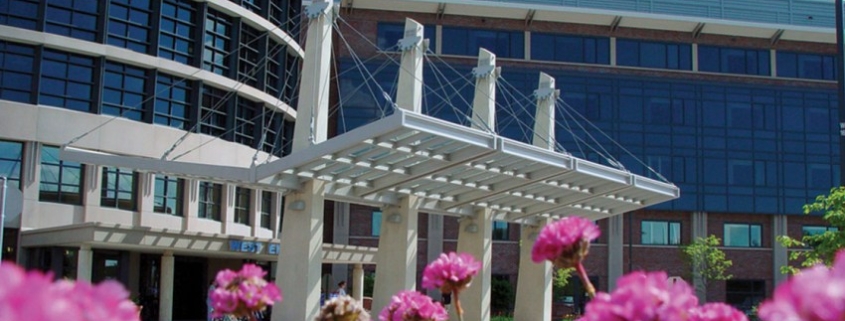How Medical Offices Fuse With Mixed-Use Projects
With the need for medical services on the upswing and an increased overall preoccupation for wellness, communities across the nation have been looking for solutions to bring health-care services more within their reach.
For a growing number of mixed-use developments, medical offices are becoming the ultimate amenity, making convenient care available in settings that feature modern technology and are minimizing the unpleasant clinical experience.
HSA PrimeCare Executive Vice President Robert Titzer points out that while the era of academic medical centers is not over, demand for smaller medical offices located in sites with good visibility and ample parking is expected to rise. What’s more, given that medical offices are considered safer investments in times of economic slowdown than retail and hospitality assets, adding a health-care component to a larger development ensures its stability on the long run.
Commercial Property Executive: What type of mixed-use developments is incorporating medical office spaces and do you think luxury projects are benefiting more from this addition?
Robert Titzer: Medical offices can be incorporated into a wide variety of mixed-use developments. Everyone needs health-care services, at all income levels, and essentially wherever people live and work. So, whether the project is deemed a luxury product or otherwise, there is often a health-care application that can make sense in the overall development.
Commercial Property Executive: What criteria does your company apply when choosing a location for a new MOB project that will be part of a mixed-use?
Robert Titzer: Our company’s decision-making closely follows that of the designated health-care provider. That is, we attempt to align the provider’s ambulatory care strategy with location and site selection on the macro level. On the micro level, we look for sites that have good visibility, intuitive wayfinding, ample parking and/or transit access.
Commercial Property Executive: Accessibility is a great advantage of health-care projects. Are there any disadvantages that mixed-use property managers could address better?
Robert Titzer: The challenge that many owners find is dealing with the mix and volume of patient and customer flow in and out of mixed-use sites. Medical facilities operate best when their patients do not have to compete for parking or access with other component users of the development, because oftentimes the patient population is not as physically mobile as a shopper, for instance. They need drop-off areas and protected parking close to their destinations.
Commercial Property Executive: Tell us about how you succeeded in attracting Froedtert & the Medical College of Wisconsin to Drexel Town Square and how do health-care providers usually see the concept of a MOB as part of a mixed-use development.
Robert Titzer: Drexel Town Square is an exciting new “front door” for Oak Creek, Wis., and having a health-care component dovetailed perfectly with the development’s mix of community, retail and residential uses. Its location made perfect sense for Froedtert & the Medical College of Wisconsin. As part of a larger 85-acre mixed-use project that includes a new city hall, public library, shopping, restaurants, service-oriented businesses, hotel and apartments, a MOB fits into this modern, master-planned development. HSA PrimeCare worked hard to ensure the development addressed the access issues mentioned above. We also programmed flexibility into the design by approaching it as a mini-campus that could adapt and grow with the health-care system’s needs over time.
Commercial Property Executive: What are your expectations from the medical office sector going forward?
Robert Titzer: We see continued strong demand for ambulatory care facilities in a wide variety of locations, as health-care providers strive to reach their patients more effectively by providing easier access, and to serve their patients more economically in ambulatory care settings versus in-hospital care. Consolidation of sites of care is also a driver in the establishment of newer, more modern and efficient buildings that can drive operating efficiencies for health-care systems.
Commercial Property Executive: What should health-care property managers focus on more at this late point in the economic cycle?
Robert Titzer: At HSA PrimeCare, we always strive to stay ahead of the game. That means being prepared for what your building needs to be five years from now, not simply what it is today. That also means keeping the property in A-plus condition and anticipating tenant needs as uses evolve with the change in health-care delivery. This could encompass improvements such as common-area renovations, or services and amenities like enhanced on-site dining and snack options.
Commercial Property Executive: Today, we’re seeing a lot of focus on wellness rather than just getting treatment. Is the era of mega hospitals and medical campuses coming to an end?
Robert Titzer: We see the large academic medical centers taking on increased importance in our society as places where groundbreaking research takes place and extremely complicated care is delivered to the most challenged patients. These centers will continue to grow in importance as it is an exciting time for medicine. Medical professionals now have vast troves of medical data at their disposal that can be used to tackle these mega-challenges. Academic medical centers are uniquely positioned to take on this task, which makes their existence all the more important in today’s world.
Source: Commercial Property Executive




